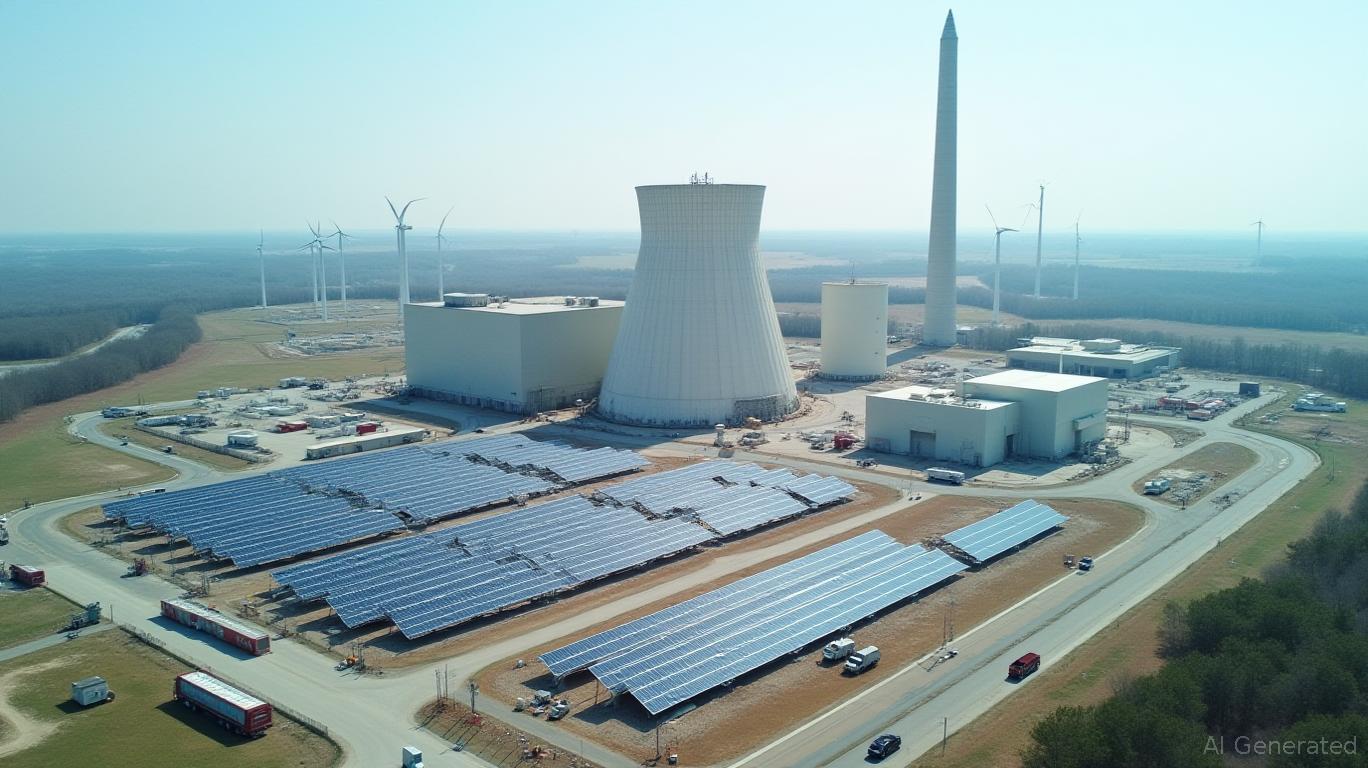Cabot Corporation Navigates Tariff Headwinds: A Resilient Performance Amid Global Uncertainties
Cabot Corporation (CBT) delivered a mixed yet resilient performance in Q2 2025, balancing strong gains in select sectors against headwinds from global trade uncertainties. While its Reinforcement Materials division faced significant volume declines, the company’s diversified portfolio, cost discipline, and strategic focus on high-growth markets like battery materials position it to weather near-term challenges. Let’s dissect the key takeaways from its earnings call transcript.
Financial Performance: Strengths and Weaknesses
Cabot’s adjusted EPS rose 7% year-over-year to $1.90, driven by robust growth in its Performance Chemicals segment. This division saw a 61% jump in EBIT, fueled by rising demand for fumed silica and metal oxides in construction and semiconductors. Meanwhile, its Battery Materials business expanded volumes by 10% in the first half of 2025, underscoring long-term opportunities in electrification.
However, the Reinforcement Materials division—a key supplier to the tire industry—struggled. EBIT dropped 12% as South American tire demand collapsed by ~20%, partly due to Chinese imports.  North American and European volumes held steady, but Asia-Pacific demand softened by 8%, reflecting trade-related caution.
North American and European volumes held steady, but Asia-Pacific demand softened by 8%, reflecting trade-related caution.
Cash flow remained healthy, with $110 million in discretionary free cash flow and an ending cash balance of $213 million. Cabot also reaffirmed its commitment to shareholder returns, increasing dividends by 5%—the 10th consecutive annual raise—and planning up to $200 million in share repurchases.
Operational Challenges: Trade Tariffs and Demand Volatility
The elephant in the room is global trade uncertainty. While Cabot’s direct tariff exposure is limited to ~5% of sales, its customers are reducing production and inventory to mitigate risks. This has led to broad-based demand softness:
- Americas: Volumes fell 9% (South America -20%).
- Asia-Pacific: Volumes down 8% amid China’s production normalization.
- Europe: Flat volumes.
CEO Sean Keohane emphasized Cabot’s “make and sell in region” strategy, which shields ~95% of its business from direct tariff impacts. Yet, the ripple effects of trade disputes—such as reduced inventory levels and delayed investment—remain a drag.
Strategic Priorities: Cost Savings and ESG Leadership
To counter these headwinds, Cabot is leaning into cost discipline and ESG initiatives:
1. Cost Savings: A $30 million target for 2025 includes fixed-cost reductions and procurement efficiencies. ~$10 million were realized in H1, with ~$20 million expected in H2.
2. ESG Ambitions: The company reaffirmed its net-zero by 2050 target, advancing its EVOLVE™ platform for circular carbon solutions. Its platinum EcoVadis rating (top 1% globally) underscores its sustainability leadership.
3. Geographic Diversification: Cabot’s balanced presence across the Americas, EMEA, and Asia-Pacific allows it to navigate regional trade shifts.
Risks and Management Outlook
Despite these efforts, risks persist:
- Tariff Dynamics: Uncertainty could linger until trade policies stabilize.
- Oil Prices: Declining crude prices may reduce revenue from energy center operations.
- Battery Materials Growth: While delayed in North America/Europe, Cabot remains focused on long-term opportunities.
Conclusion: A Resilient Long-Term Play
Cabot’s Q2 results highlight its ability to adapt to macroeconomic turbulence. While near-term EPS guidance was lowered to $7.15–$7.50 due to trade and energy headwinds, its strong liquidity ($1.2 billion), investment-grade balance sheet (net debt/EBITDA of 1.4x), and shareholder-friendly policies argue for its resilience.
The company’s focus on high-margin segments like semiconductors and its EVOLVE™ platform’s sustainability edge position it to capture long-term growth. With a dividend yield of ~1.2% and plans for ~$100–$200 million in buybacks, CBT offers a blend of stability and innovation. Investors should monitor its ability to execute cost savings and navigate trade risks, but the data suggests Cabot is well-equipped to thrive in both cyclical and secular trends.
In sum, Cabot’s Q2 results—despite short-term headwinds—reinforce its standing as a disciplined, diversified materials leader. For investors seeking exposure to specialty chemicals and sustainability-driven industries, CBT remains a compelling pick.

_b905d9341749265671656.jpg)







